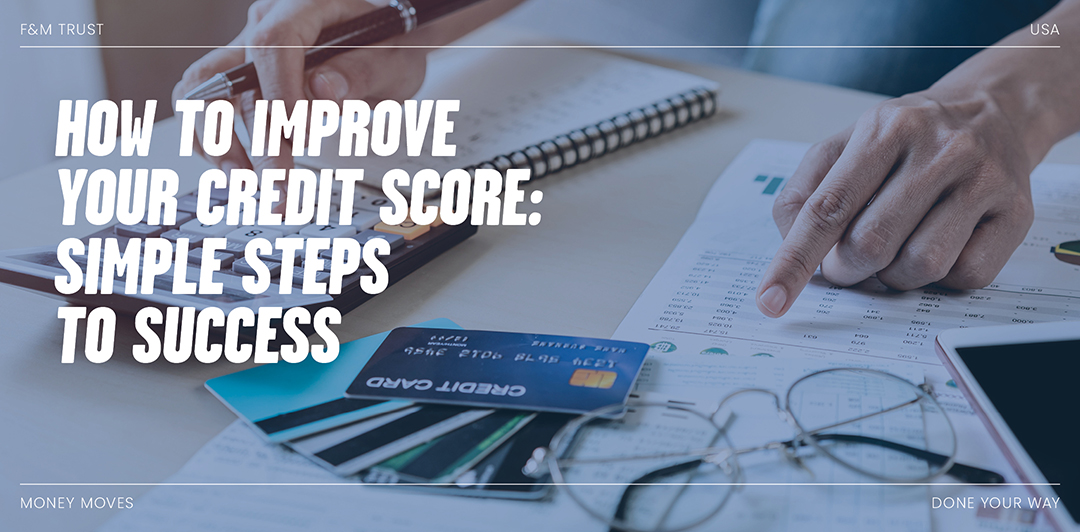


How to safely use digital banking
As digital banking continues to increase in popularity, it is important for those using the service to protect themselves from cybersecurity attacks. By taking the following proactive measures, individuals can significantly reduce their risk of falling victim to these attacks.
- Use strong, unique passwords. Avoid using easily guessable information such as birthdays or common words. Instead, create passwords with a mix of uppercase and lowercase letters, numbers, and special characters. Each account should have its own unique password to prevent a breach in one account from compromising others.
- Enable two-factor authentication. This additional layer of security requires a second form of verification, such as a code sent to your mobile phone or an authentication app, to access your account. This makes it significantly harder for cybercriminals to gain unauthorized access, even if they have obtained your password.
- Regularly monitor account activity. Set up alerts for transactions, logins, or other account activities to receive immediate notifications of any changes. Reviewing your statements regularly allows you to detect unusual or unauthorized activity early and report it to your bank promptly, minimizing potential damage.

- Be wary of phishing attempts. Cybercriminals try to trick individuals into divulging personal information through fake emails, text messages, or phone calls that appear to be from a legitimate source. Do not click on links or download attachments from unsolicited messages. Instead, contact your bank directly using official contact information to confirm any requests for sensitive information.
- Use secure Wi-Fi connections. Avoid accessing your bank accounts or performing financial transactions over public or unsecured networks. Public Wi-Fi can be a breeding ground for cybercriminals looking to intercept data. When accessing your bank account, use a secure, private network.
- Secure your mobile devices. Use a password, PIN, or biometric security feature such as fingerprint recognition to lock your mobile device. Install apps only from trusted sources and review app permissions to ensure they are not overly intrusive.
- Report suspicious activity immediately. If you believe your personal information has been compromised, report it to your bank immediately. Prompt reporting can help mitigate the damage and prevent further unauthorized access. Your bank can take immediate action to secure your account and investigate the issue.
Protecting yourself from cybersecurity attacks requires a combination of vigilance, education, and proactive measures. In today’s digital age, staying informed and cautious is key to safeguarding your financial information.
This article was drafted with the aid of AI. Additional content, edits for accuracy, and industry expertise by Ray Wills, security officer for F&M Trust.
Recent Articles
Join our e-newsletter
Sign up for our e-newsletter to get new content each month.






















